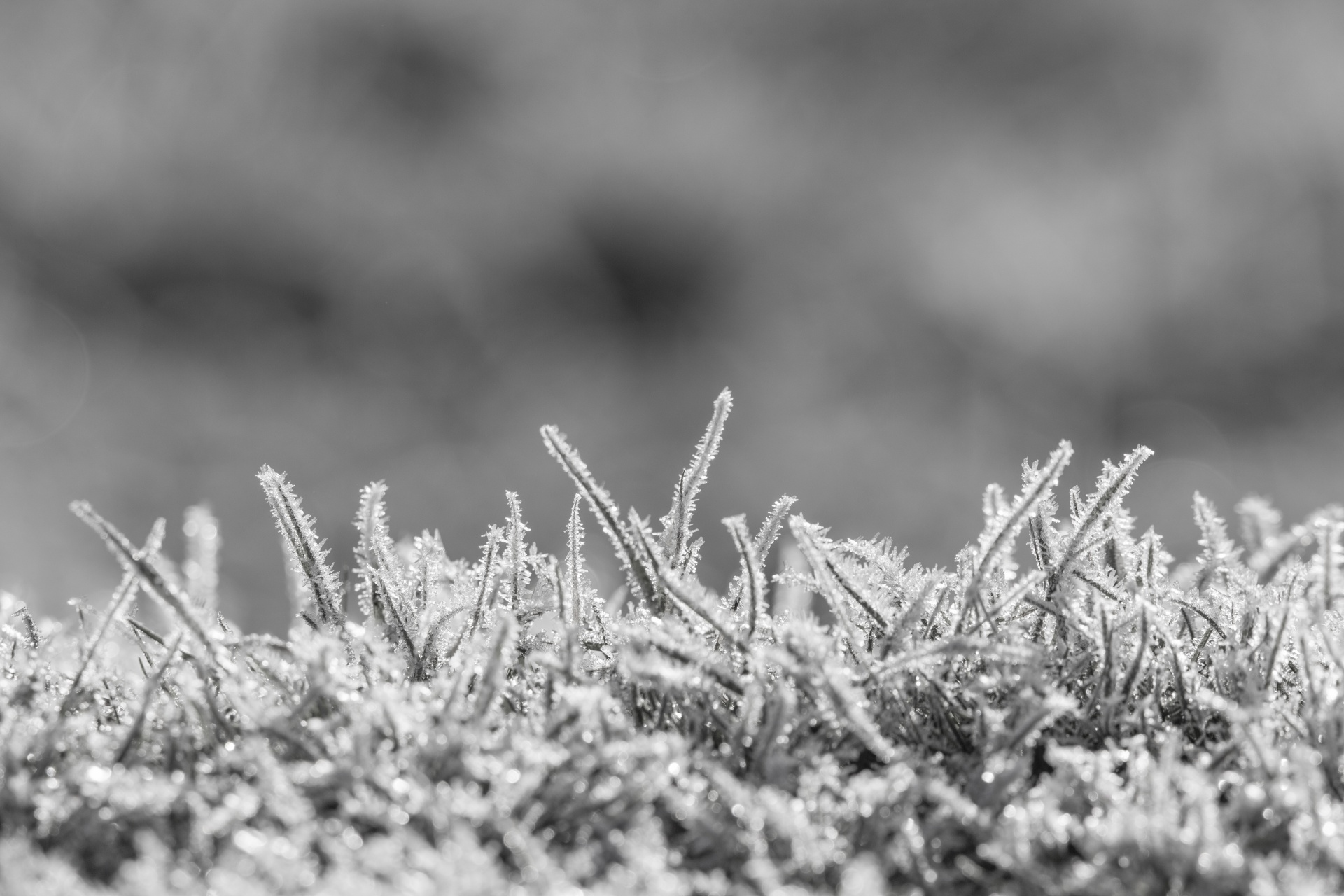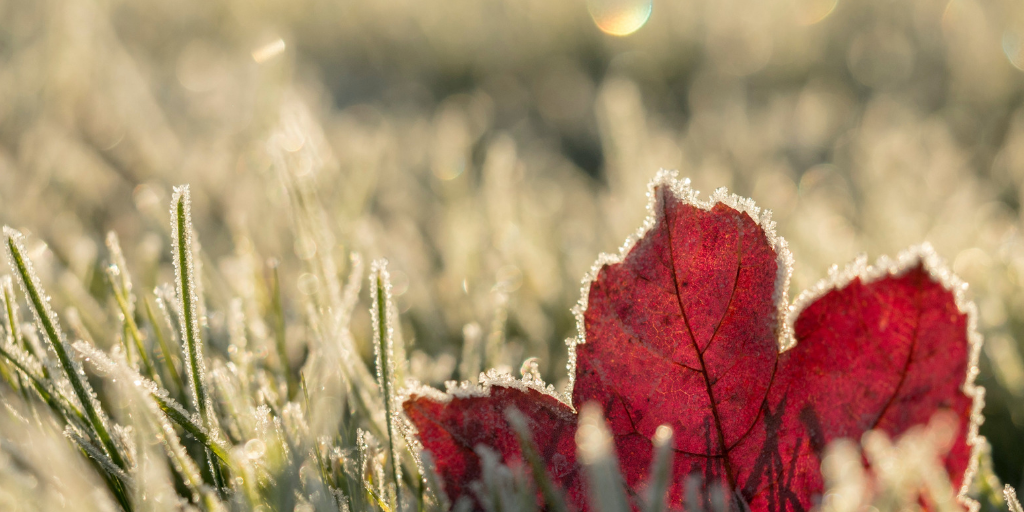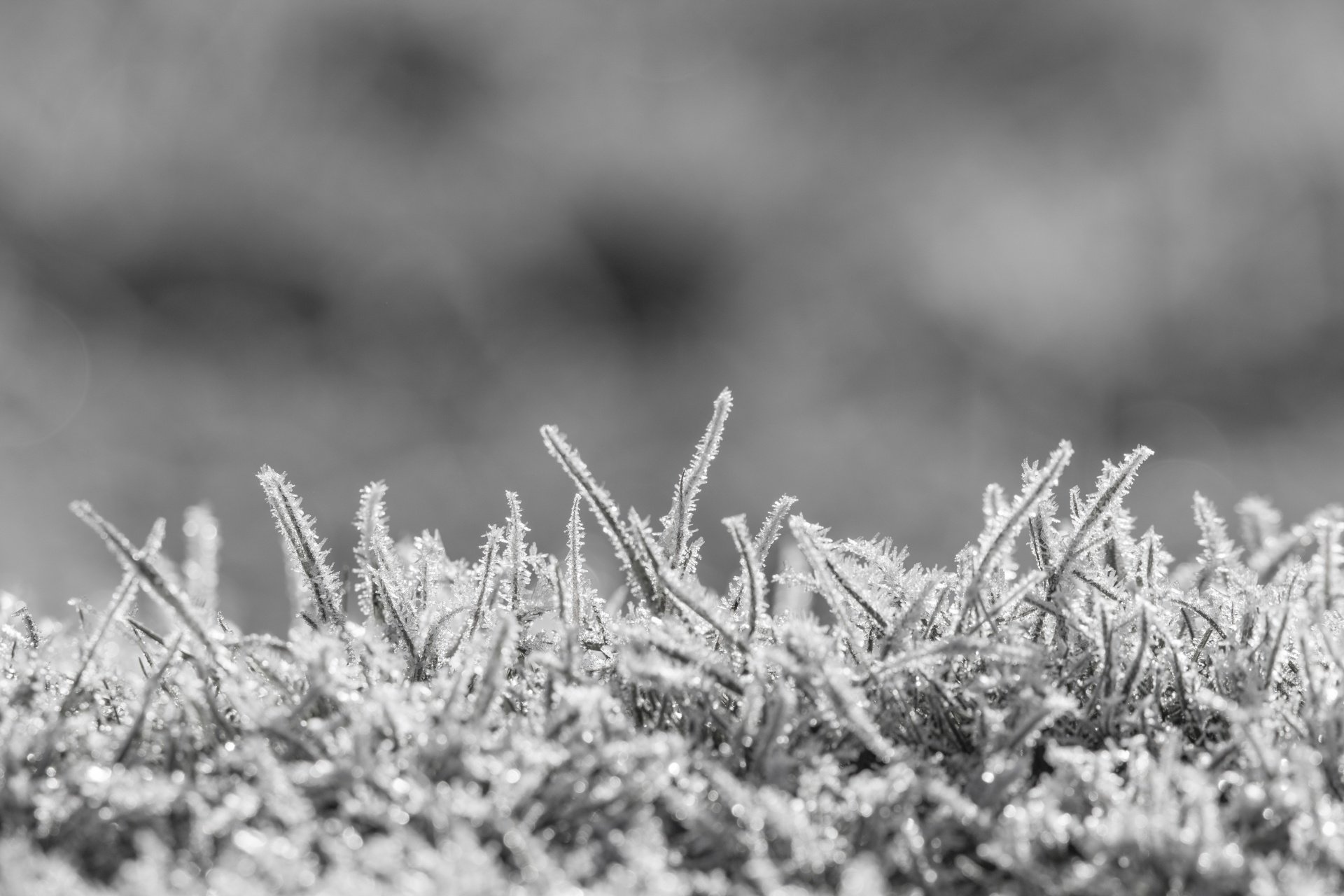
Happy Thursday, snowmen and snow-women! Can you believe that Christmas is less than two weeks away already? In honour of this giving season, we at Nutri-Lawn have decided to supply our readers with the gift of winter lawn care knowledge; namely, the know-how to deal with Direct Low Temperature Kill on your lawn.
No, low temperature kill is not a Christmas-themed action movie starring Bruce Willis as the title character. Instead, low temperature kill is damage that occurs when the mercury dips below freezing and the turfgrass plant is exposed to many extremes that can cause harm. In parts of Canada that do experience extreme cold temperature conditions during winter, it can be quite the experience.
Learning about low temperature kill is an important aspect of winter lawn care. Read on to learn more!
How Does LTK Work?

The turfgrass plant, in large part, is comprised of water. When freezing temperatures occur, the water freezes; forming ice crystals inside the turfgrass plant which ultimately causes the damage. Direct low temperature kill is most commonly a result of rapid drops in temperature, or when extreme cold temperatures persist. Several factors can affect direct low temperature kill including: the susceptibility of the turfgrass species, plant hardiness, rapidness of freezing, the number of times the plant freezes, and the rate of thawing.
RELATED > Important Facts About Winter Frost Damage
Although there is no exact direct low temperature kill measurement or way to determine if, when, and how bad the damage could be, plant hardiness as it relates to turfgrass species tells us more about which species are more susceptible. Creeping Bentgrass, and Kentucky Bluegrass are regarded as having very good plant hardiness, whereas perennial ryegrass and fine fescue are quite the opposite. This makes low temperature kill damage a lot more apparent on these species.
An aggressive approach to speed up recovery in the damaged areas include a combination of cultural practices. Core aeration, overseeding, topdressing, and slitseeding may be required.
Follow us on Facebook for more lawn care tips & tricks.







